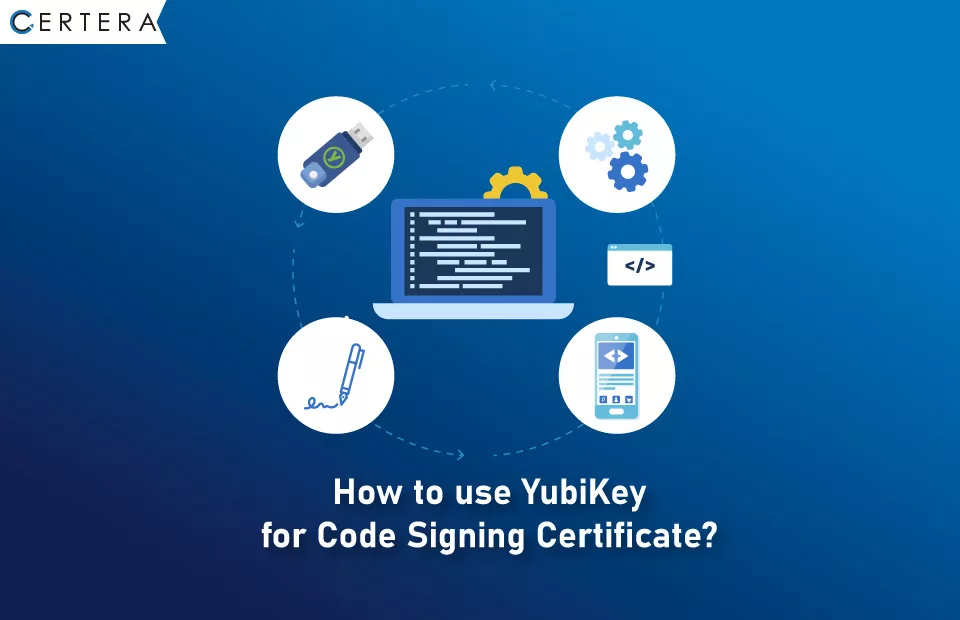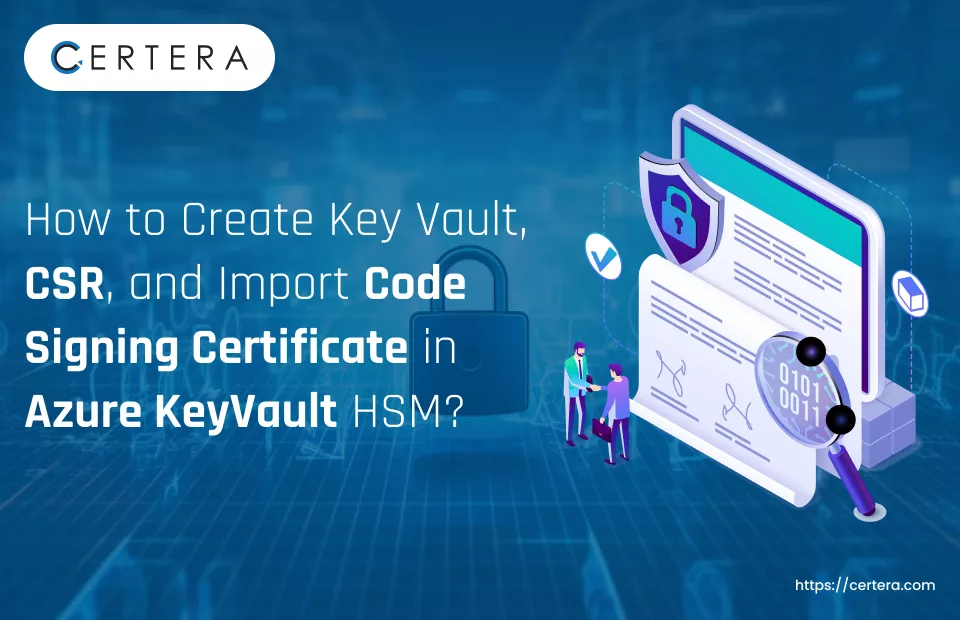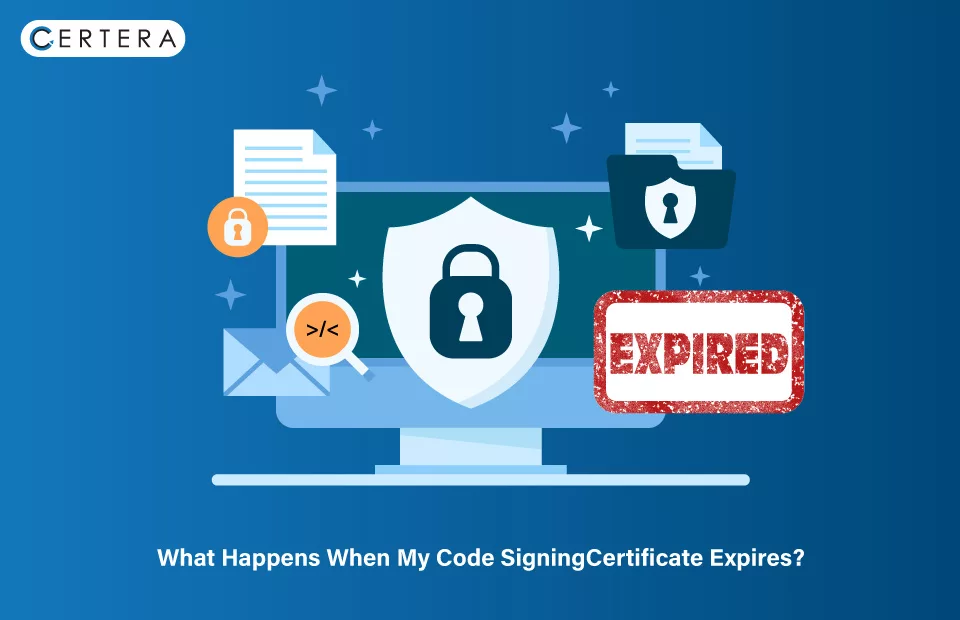Sign Software/App code digitally with the most affordable Code signing certificate.
Certera Code Signing Certificate
TIME STAMP YOUR SOFTWARE AND SIGN DIGITALLYFor software developers showing identity is a must and a Certera Code Signing certificate is the exact solution that provides you with that ability. It's a standard code signing certificate with the latest security standards that you can use to code sign an unlimited number of software & applications and embed your unique digital signature.
Buy or Renew Cheap Certera Code Signing
Certera Code Signing Certificate Is Issued After Completing Validation Process
It's a standard code signing certificate that requires an applicant to undergo a light business verification to authenticate the legitimacy of the business. Applicants are required to complete the validation process by submitting documents like business registration details issued by the local government. Similarly, the certificate authority verifies it against an accepted online government database, and your certificate is issued.
Further, to market & advertise your software-on-software publishing website affiliates and resellers, it's required to have your software signed to avoid warning messages like the "Unknown Publisher." Similarly, the Certera Code Signing certificate offers you the exact solution that removes such warnings while bolstering software user trust and confidence by displaying your digital signature.
Certera Code Signing Certificate offers
- Unlimited Signing
- Issuance in 1-3 days
- Timestamping
- Eliminated Unknown Publisher warning
Certera Code Signing Certificate Features
- Unlimited Signing
- Digitally Sign Software Codes and Scripts
- Remove the Unknown Publisher warning
- Issuance in 1-3 Days
- Increases User confidence
- Software Authenticity
- Multiple Platform Support
- Sign .exe, .dll, .msi, .cab files
- Support Kernel Mode Drivers
- 30 Day Moneyback Guarantee
- Installation Guides
- Time Stamping
Certera Code Signing Certificate Benefits
 Timestamping
Timestamping
With a code signing certificate, you get the free feature called Timestamping that allows you to timestamp your digital signature with the date and time at which the software is code-signed. Hence, it allows you to keep your digital signature valid even after the validity period of the certificate is over. Similarly, software users will not be warned if their code signing certificate expires. You'll also be able to send regular updates of your software code signed using a new code signing certificate as well.
 Unlimited Software Signing
Unlimited Software Signing
Using one Certera Code Signing certificate, you can code sign an unlimited number of software and applications until the certificate's validity period is over. It means there's no limit on how many software or applications you code sign. Until it's not expired, you can code sign as many software or applications as you want, which is an excellent option for a software development company that develops software or applications.
 Unique Digital Signature
Unique Digital Signature
Once you code sign your software or application, your unique digital signature will be embedded in it. It helps software users, browsers, operating systems, and third-party software publishing websites knowing software hasn't been tampered with since its signing and it's coming from a trusted source.
 Removes Unknown Publisher Warning
Removes Unknown Publisher Warning
Once you code sign your software or application, your unique digital signature gets embedded. Similarly, all third-party software publishing websites, operating systems, and browsers will recognize your digital signature while instantly removing the "Unknown Publisher" warning.
 Refund
Refund
Certera offers a refund policy of 30 days. It means if the issued software signing certificate doesn't match your expectation and you cancel it within 30 days of purchase, then you'll get a 100% refund into your account.
 Easy to Use
Easy to Use
Code signing certificates are compatible with vendor software tools. Hence, you can easily use along with software tools to create macros, objects, and products.
| Subscription | |||
|---|---|---|---|
| Multiple Years Option | |||
| Issuance Time | 1-3 Business Days | 1-3 Business Days | 1-3 Business Days |
| Encryption Strength | SHA–2 256-Bit Encryption | SHA–2 256-Bit Encryption | SHA–2 256-Bit Encryption |
| Device Ubiquity | More than 99% | More than 99% | More than 99% |
| Validation | Business Validation | Business Validation | Business Validation |
| Time Stamping | |||
| Visible Trust Indicator | Publisher Name & Digital Signature | Publisher Name & Digital Signature | Publisher Name & Digital Signature |
| Java Signing | |||
| Microsoft Authenticode Signing | |||
| MS Office Document Signing | |||
| Kernel Mode Driver Signing | |||
| Adobe Air Signing | |||
| Microsoft Office VBA signing | |||
| Refund Policy | 30 Days Refund | 30 Days Refund | 30 Days Refund |
| Technical Support |
Platform Compatibility
Below are the platforms that are compatible with your Code signing certificate:
Microsoft Authenticode Signing
Microsoft Windows 7, 8 & 10
VBA Apps & MS office Macro files
Adobe Air applications
Java Applets & Java applications
Microsoft Office
Mozilla Object Files
Microsoft Silverlight Applications
What is FIPS 140-2 Level Hardware Token in Code Signing?
Federal Information Processing Standards (FIPS) 140-2 level is the standard for the security of confidential data in networks operated by the federal government. It serves as the standard for analyzing the efficiency of cryptographic hardware.
Per CA/B forum regulation changes for Code Signing Certificate, customers should generate and store the private key on FIPS 140-2 (or higher level) compliance hardware tokens. You can obtain the FIPS 140 Level 2 token from Certificate Authority by paying additional charges, or you can use your own FIPS 140-2 compliance token to generate CSR and private key.

What Is a Hardware Security Module (HSM) in Code Signing?
To store and utilize cryptographic keys securely, specialized computing devices called hardware security modules (HSMs) were developed.Hardware Security Modules (usually referred to as HSM) are tamper-resistant, hardened hardware components that enhance encryption techniques by creating keys, encoding and decrypting data, as well as producing and validating digital signatures. Many FIPS 140-2 Levels of certification are available for certain hardware security modules. In several instances, hardware security modules are used to:
- Fulfilling and exceeding current and future regulatory requirements for cybersecurity
- Strengthen data privacy/security and trust levels.
- keep excellent standards of service and company flexibility.
Employing Hardware Security Module (HSM) is essential for organizations to protect the private keys needed for code signing securely. It provides secure storage and management of digital keys and sensitive data. HSMs use true random number generators to generate unique cryptography keys and securely store and manage their lifecycle, adhering to industry standards.
The Key Advantages of Hardware Security Module (HSM) in Code Signing Process
- Secure key management and advanced cryptographic techniques for protecting sensitive data and transactions.
- improved accessibility and dependability
- reliable and secure administrative controls for the access
- Elliptic curve cryptography support
- Flexibility and efficiency
Why is HSM (Hardware Security Module) required in Code Signing Security?
One advantage of implementing an HSM (Hardware Security Module) over an ordinary web server is that it offers quite greater privacy key storage. Organizations that build and run multiple applications on their web servers are vulnerable to being attacked by hackers. HSMs for code signing eliminate the risk of third-party attacks from using forged code signatures to hide infected code.
These devices are used by public certificate authorities and registration authorities to generate, store, and maintain their private keypairs. Moreover, organizations use and store HSMs using private PKIs to authenticate documents, code for software, and PKI certificates.
By adding a strong layer of protection by using an HSM to secure cryptographic keys, you can efficiently restrict attackers from detecting them. HSM-based code signing aims to provide a center of trust by handling and preserving cryptographic processes and keys in a certified and verified hardware environment.
Frequently Asked Questions
Have Questions? We're here to help.
How to use YubiKey for authentication?
YubiKey is a hardware authentication device that can be used for two-factor authentication. To use a YubiKey for authentication, you generally need to:
- Get a YubiKey: There are many different models, but the most common is the YubiKey NEO and YubiKey 5.
- Register the YubiKey with the service you want to use it for; this involves "enrolling" the YubiKey by inserting it into a USB port and following the enrollment process on the website.
- Configure two-factor authentication for your account, which usually involves entering a password and tapping or inserting the YubiKey when prompted.
- Use the YubiKey whenever you log in to that service. After entering your password, the service will prompt you to tap or insert the YubiKey to authenticate, which later generates a one-time code that verifies your identity.
What is a YubiKey code?
The "YubiKey code" refers to the one-time code that is generated when you tap or insert your YubiKey into a USB port.
When you enroll your YubiKey with a service, part of the enrollment process is "registering" that specific YubiKey with that service. This means the service stores some information that uniquely identifies your YubiKey.
Then, when you insert or tap your YubiKey during login, it generates a one-time code that consists of:
- A static identifier: This is a unique ID hardcoded into your specific YubiKey that identifies it.
- A dynamic value: This value changes with every tap or insert. It could be a timestamp, counter, or random number.
What is Token signing?
Token signing is a type of two-factor authentication where a unique token is generated for a user and then cryptographically signed with a private key. This signed token is sent to the user, who then presents it back to authenticate themselves. The token itself has no value without being signed, so when the user presents the signed token, the server can decrypt it with the corresponding public key to verify that it came from a valid token generated for that user, which securely authenticates the user without needing passwords.
Token signing is a technique used to securely authenticate users. It works by:
- Generating a unique token for a user
- Signing that token with a private key
- Sending the signed token to the user
- The user then sends the signed token back to authenticate themselves
What is FIPS 140-2 Level?
FIPS 140-2 Level is a security standard published by the National Institute of Standards and Technology (NIST). It specifies security requirements for cryptographic modules. Cryptographic modules include things like hardware security modules, smart cards, and software modules that perform cryptographic functions. FIPS 140-2 establishes four increasing, qualitative levels of security (Level 1 to Level 4) for cryptographic modules. The higher the level, the more stringent the security requirements.
Who Requires FIPS 140-2 Level Token?
As per the new CA/B forum regulations, the FIPS 140-2 or higher Token is mandatory for all OV Code Signing users for generating CSR and Private Key to validate their authorization. Software Developers, Government Agencies, Financial Organizations, Cloud Service Providers, and Healthcare Organizations, now require the FIPS 140-2 Tokens to sign their Software Code using the code signing certificates.
Why is code signing important?
Code signing certificate ensures the software integrity & authenticity and allows the developers to sign the software/app code by adding a digital signature. This ensures the code has not been altered or tampered with. And, when the user download/install the software, they do not get any error.
How do I get a code signing certificate?
Here are the steps to following while buying a code signing certificate
- Choose a right Certificate Authority, Eg. Certera
- Generate the CSR
- Verify your Identity as Individual or as Business
- After Identity verification, the Certera will issue the certificate
- Add this certificate to your Signer Tool and start signing your Software.
How long does it take to get a Certera code signing certificate?
Whether you have purchased the Certera Code Signing as an individual developer or as a company, it takes up to 3 working days as Certera need to validate your identity.
Can I use a code signing certificate to sign code for multiple platforms?
Yes, you can; a Code Signing Certificate can be used to sign the software code for multiple platforms like Windows, Mac, Android, iOS, and Linux, etc...
How often do I need to renew my code signing certificate?
The process of renewing the Code Signing certificate is the same as buying the new one. If your certificate is already expired, you should immediately renew the certificate. Code signing certificates comes with validity of 1 to 3 years; so, the better option to get it for multiple years to avoid the expiration headache.


Talk to our 24/7 SSL, Code Signing, & Email Signing experts to resolve issues regarding issuance, validation, & installation.
Live ChatConnect with our support experts via call or support ticket for Validation, or sales queries.
Submit TicketSSL/TLS Certificate Trusted Brands
Trusted by leading brands Globally
Securing some of the World's
Largest & Best Known Brands




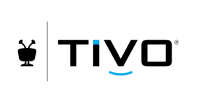

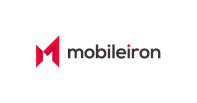

Real customer ratings and reviews at
I was looking for a wildcard SSL very cheap and i found you guys, and so happy and satisfied with you services.
Thanks for your great service with very very low cost.
Great customer service fast and getting done today!
![Key (CSR) Generation and Attestation with YubiKey [Quick Guide]](/images/yubikey.png)
